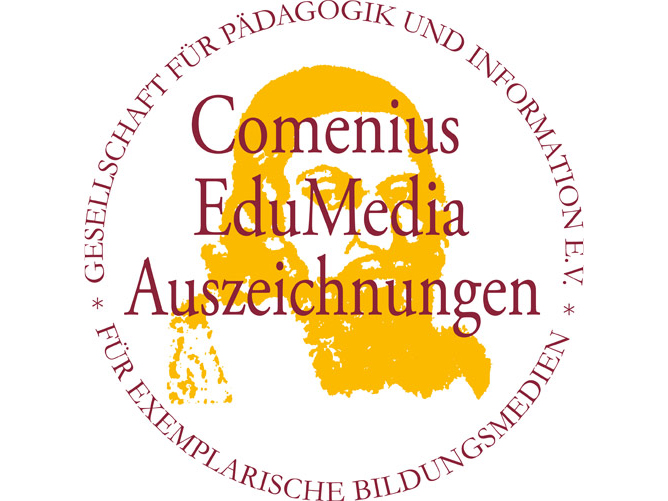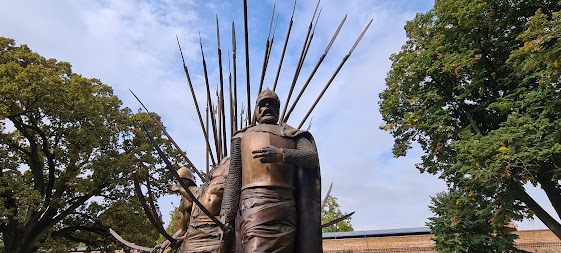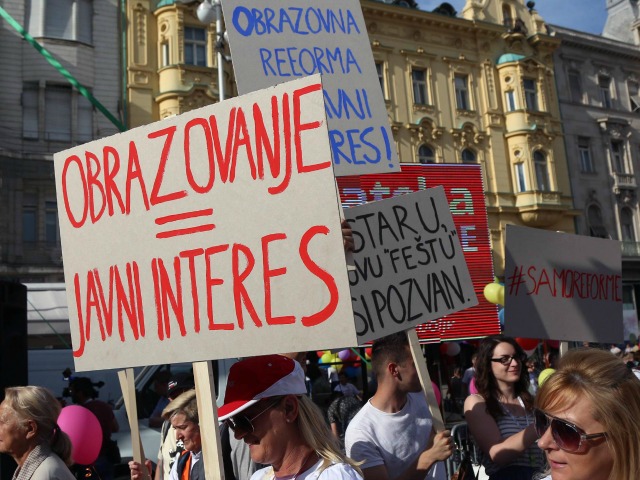The Paper Clips Project, by middle school students from the small southeastern Tennessee town of Whitwell, created a monument for the Holocaust victims of Nazi Germany. It started in 1998 as a simple 8th-grade project to study other cultures, and then evolved into one gaining worldwide attention. At last count, over 30 million paper clips had been received. Paper Clips, an award-winning documentary film about the project, was released in 2004 by Miramax Films.
Paper clips were chosen in part because some people from Norway wore them on their lapels as a symbol of resistance against Nazi occupation during World War II (Norwegian Johan Vaaler is often credited with the invention of the paper clip; while he did indeed invent a paper clip, it was not the type used today.)
Wayne MacIntyre, a social studies teacher from Herring Cove Junior High (Nova Scotia, Canada) built on the Whitwell idea. He called it the Paperclips Extension Project. After an educational tour of Holocaust concentration camps in Poland during 2006, MacIntyre wanted to undertake a project with his Herring Cove students that would help them understand the Second World War’s horrors.
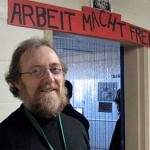
He decided to use a similar concept to that used by Whitwell Middle School in Tennessee. In 1998, students in Whitwell collected and placed millions of paper clips in large containers on a German transport car, with each paperclip representing an individual murdered in the Holocaust. But MacIntyre wanted to make each paperclip -each “soul” – visible and countable. So he had his Social Studies students string paper clips together and hang them in chains from the ceiling in his classroom. They had to remove all the desks and chairs from the classroom to make way for their burgeoning Holocaust museum. On May 7, 2007, students gathered 100,000 paper clips and hung them in chains from the ceiling in the room. Like hooking the paper clips together, MacIntyre started hooking other ideas related to the museum together. These came primarily from the students who had many suggestions. They integrated their ideas into the museum. When the project was ready for the public, the room had been converted into a museum with displays, posters and photographs on the walls. The students planned to open the museum for a day but kept it open for two weeks because of community interest. Members of the community visited the museum. Their tour guides were the students keen to explain all aspects of the museum and its artefacts.
In the summer of 2008 MacIntyre presented his idea in Jerusalem during an International Conference on the Holocaust and Education. One of the listeners was a young history teacher from Croatia. Miljenko Hajdarovic, a teacher at Senkovec Primary School, who started a similar project called “Classroom Holocaust Museum”. With a group of 25 pupils he collected 153.000 paper clips as a main exhibit in their small museum. The museum was opened on 27th of January 2009. The museum contained paper clip chains, photos, different objects connected with the subject (an old camera, a phone, broken glass as a symbol of Kristallnacht, a travel bag, bunch of shoes, a rice bowl as a symbol of the daily allowable amount of food…). On the day of the opening the students hosted Oto Konstein, a survivor of Auschwitz and Bergen-Belsen. His testimony was recorded and was distributed on DVD to 30 schools in Medjimurje County.
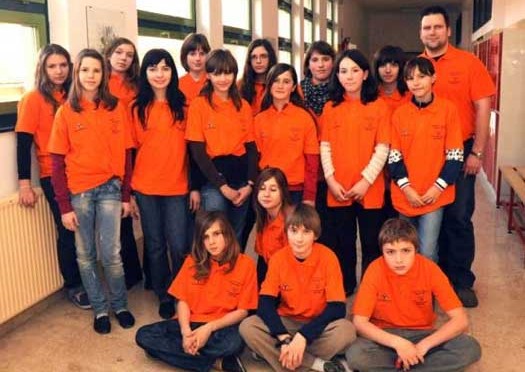
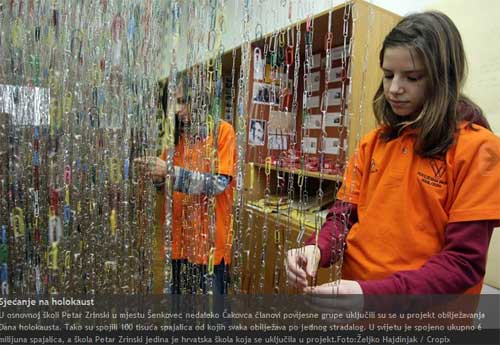
Though Miljenko uses the Shoah to help students examine human rights abuses, he broadens the discussion in his museum by having his students study what is going on in Darfur. The Classroom Holocaust Museum has encouraged his students to be mindful of the traps that can lead to human rights abuse. Miljenko is clearly a teacher with a great passion for educating his students. May this passion inspire others in the name of human rights.
MacIntyre in Shalom magazine
In 2009 Wayne MacIntyre extended the paper clips idea even further. While preparing for a class he would teach to a group of international teachers at Yad Vashem in Jerusalem, he wondered how many paper clips it would take to encircle one of Canada’s national historic sites: Citadel Hill. He tested the effect of running such a project on the international students taking his class in Jerusalem. During the class he had each teacher quietly construct a chain made up of 25 paperclips while the lesson progressed. Again, each paper clip represented one victim of the Holocaust. He then asked the teachers how long the chain would be if they linked their chains together to form one much longer chain. He left this idea with them to ponder while he taught his lesson.
When the class ended, the teachers emptied out of the room and began linking their chains together. The twenty-five teachers could not believe how far the assembled chain reached when all the pieces were attached together. A person on one end would not be able to hear a person shouting on the other end. This drew much attention as both teachers and curious onlookers began to visualize just how many people perished in the Holocaust. Upon returning to his school, MacIntyre suggested a similar event to his students: encircle Citadel Hill with paper clips. The students adopted the suggestion whole-heartedly and set to work preparing for the Oct 29, 2008 event.
MacIntyre invited other schools to join Herring Cove Junior High School in this event: Prince Andrew High School, J. L. Ilsley High School, Gorsebrook Junior High, Sacred Heart School of Halifax and Maritime Hockey Academy. Former students who had participated in the classroom Holocaust museum project were among those who offered their assistance. Together the teachers and students from the participating schools converged on Citadel Hill and began the work of constructing a Holocaust memorial “necklace” around one of Canada’s national parks. Taking the paperclips to the public was a new approach. Many citizens passing by asked the students to explain what the project was about. In this way, students again became teachers. Media outlets arrived to interview the participants and broadcast their findings the same evening.
Source: Shalom Magazine, The Atlantic Jewish Council




